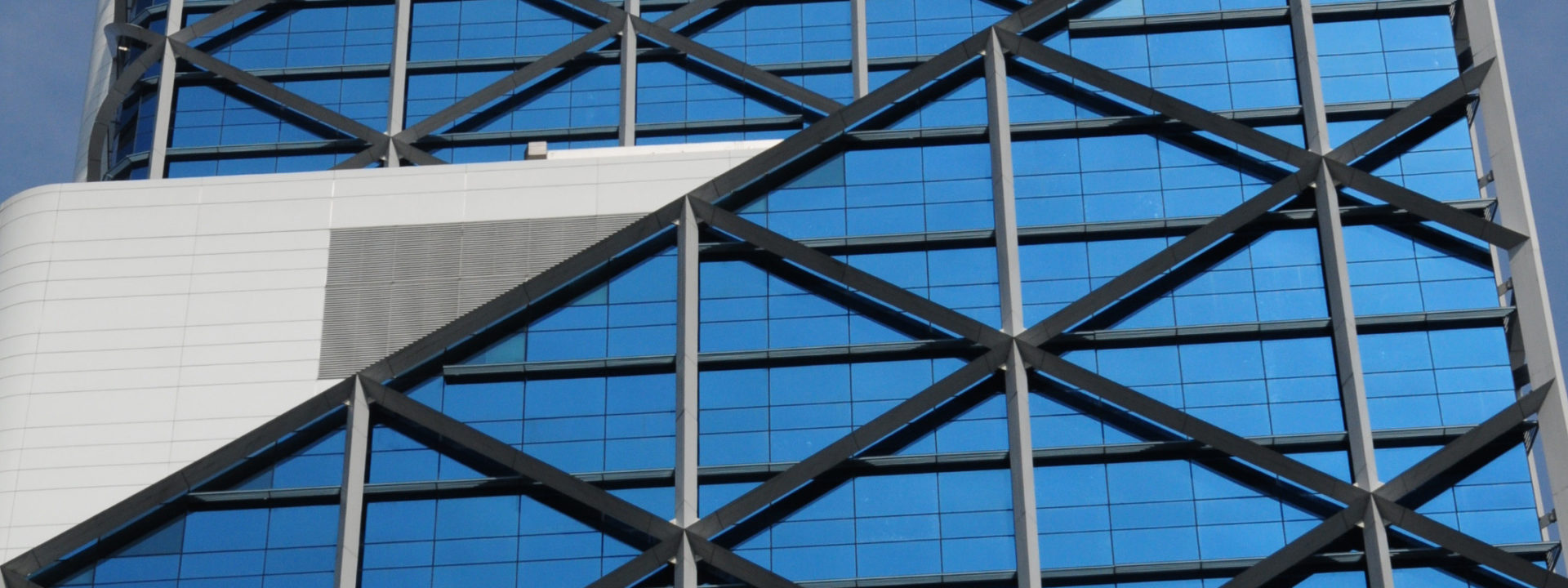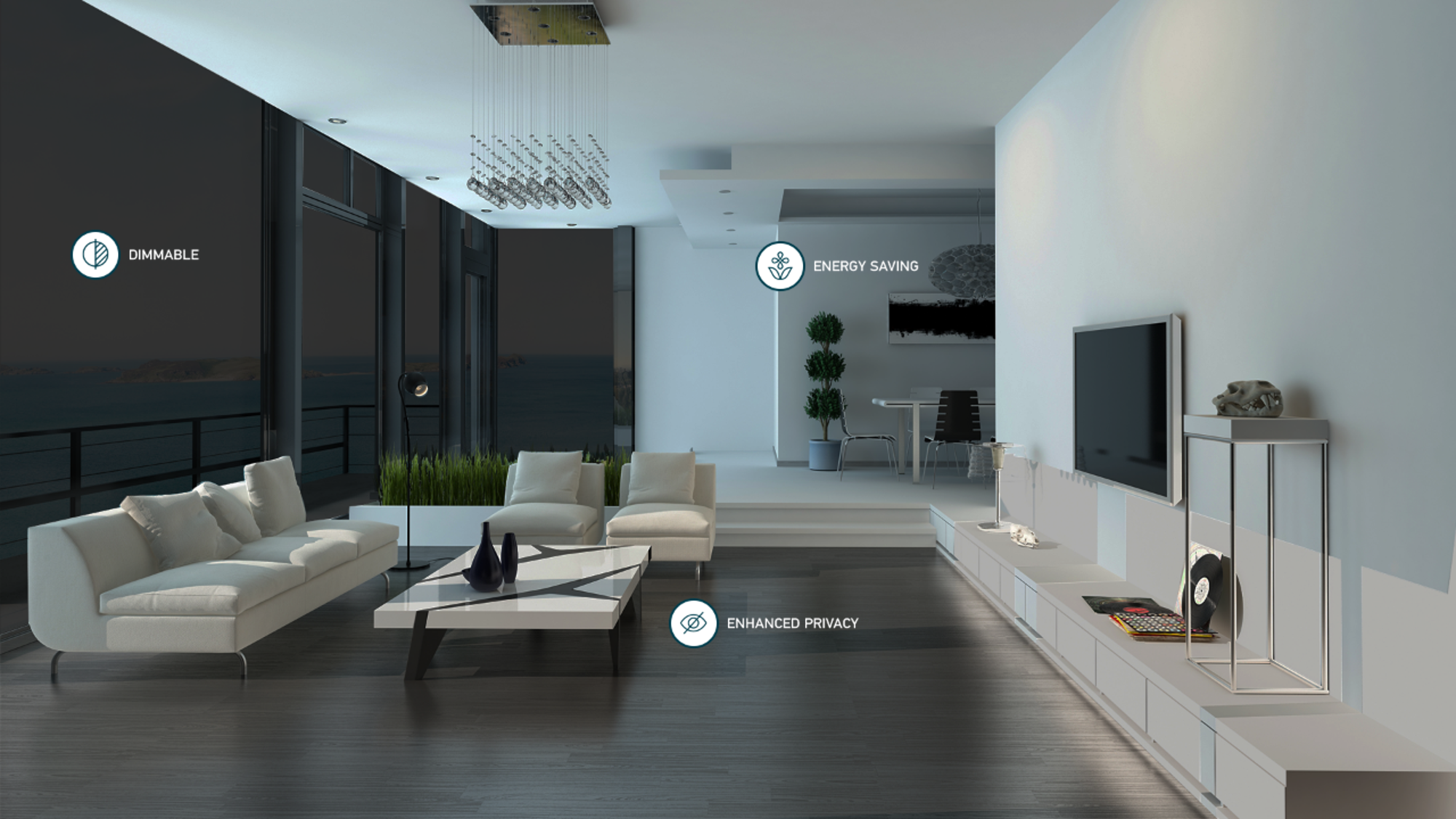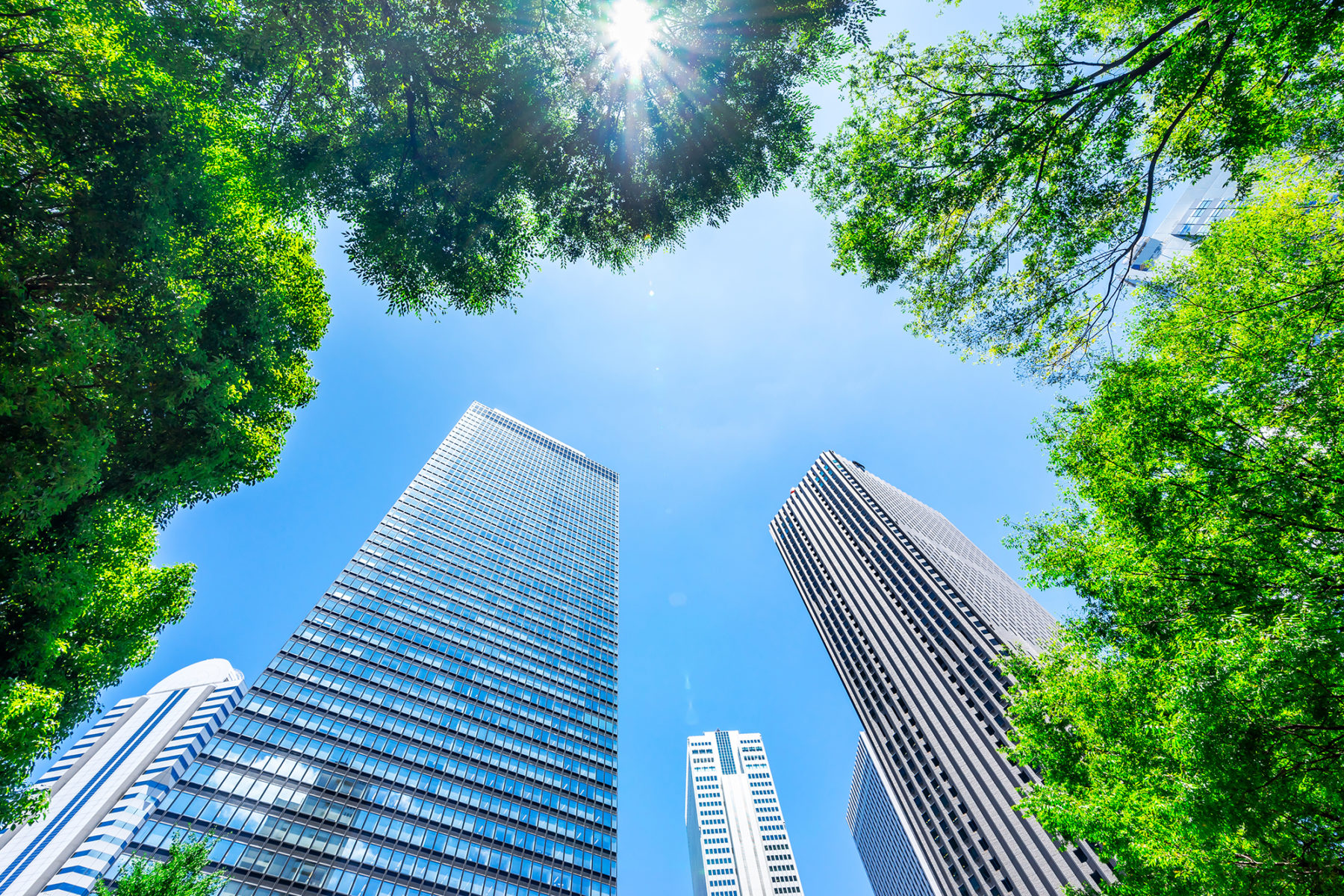
Let’s go back to that perfect scene in a high-tech apartment and examine the setting from a practical point of view. Smart architectural glass means dynamic, truly multifunctional glazing. The windows in such homes can adjust to outdoor conditions automatically or manually. Just one click of a smartphone button activates a reactive tint that restrains heat and glare.
As a result – we get enhanced living comfort and energy savings without compromising the view. Complete protection from aggressive UV rays, insulation from the sounds of densely packed apartment buildings, plus assured safety and security – all these are included too.
Emerging technologies, such as special nanocomposites applied during glass production, have turned this pleasant dream into established reality at an affordable price.

Remember, the technology for such a reality is already available. And as commercial prices of emerging innovations are dropping, regulations throughout the world are tightening, forcing action to be taken sooner to reduce energy consumption or even create energy.
In California, there are state subsidies for products and buildings that use smart glass, whereas Europe adopted the Energy Performance of Buildings Directive (EPBD) in 2010. This EU directive requires all new buildings to be practically zero energy ones by the end of 2020.
Building-integrated photovoltaic (BIPV) glass, with controlled transparency, is just one example of emerging technologies in the architectural glazing industry that is especially relevant because of the new directive.
Currently, buildings are responsible for around 36% of the EU’s CO2 emissions. In the near future, however, they have the potential instead to supply some 30% of the EU’s energy demand. Therefore, switching to on-site solar energy generation integrated right into the window glass is one key to live up to this potential.
While most standard solar cells use visible light to produce electricity, innovative alternatives do not have to steal precious ambient light. Integrating the PV panes with a color-switching technology, such as electrochromics (EC), opens up a way to produce energy while still transmitting enough light, blocking the radiation or providing shading when necessary.

Today, ‘electrochromic glass’ is a synonym for ‘smart glass.’ And if the term may still sound new to someone, statistics prove that in a couple of years, most everyone will be aware of its benefits.
Technically, EC glass is a composite of layers of glass and chemical materials that respond to light and heat, adjusting glass transparency when electrical voltage is applied – exactly what is required for dynamic architectural glazing or new-generation BIPV.
California-based Heliotrope Technologies is one company currently working on innovative nanocrystal-based glazing compositions to develop the technology several steps further.
The main advantage of the Heliotrope NanoEC™ solution over others is substantially lower production costs, combined with unrivaled aesthetic qualities in terms of the glass color and haze. In addition, heat and light transmissivity can be regulated more precisely and quickly. The result is a mass-market solution at a competitive price.
When it comes to the possibilities of glass, breaking through limitations is only a question of imagination and time. Scientists, chemists, coating manufacturers, glass processors and technology suppliers are working together to push the boundaries to the max and furnish our homes with unseen comfort and a well-controlled amount of seen light.
Entire towers with switchable glass will be able to control the temperature according to the weather or individual units can adjust to their residents’ preferences. Even an entire area of towers can be connected to each other – to create energy for their occupants and not only block the sunrays.
In the US, the trend in many southern states is to dim the glass to block the heat of the sun and reduce the need for air conditioning. Europe is more concerned with the color of the glass and how a building looks on both the inside and out. When a façade changes colors, it influences how a building looks and helps save energy. In any case, it is an ingenious way to eliminate curtains or blinds, as their impact is simply built into the glass itself.
And no, this is not just another fancy upgrade or expensive consumer option, but an important move toward smarter and more environmentally conscious living.
Sign up for Glastory newsletter
We answer your questions about glass processing. Let us know your challenges and we promise to do our best to help you.
Comments are closed.